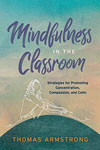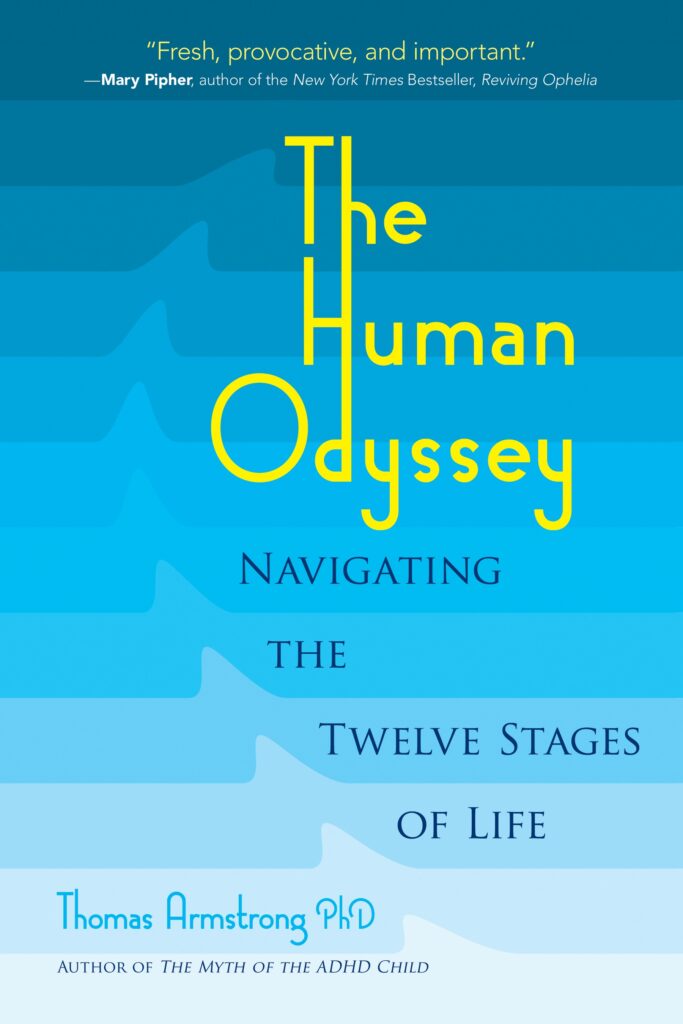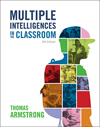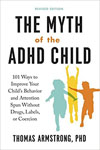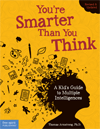 The American Institute for Learning and Human Development has just produced five short videos that take up the concept of neurodiversity (the idea that disabilities should be regarded instead as diversities), and apply it to the following diagnoses: learning disabilities, autism, ADHD, intellectual disabilities, and emotional and behavioral disorders. In each video, the executive director of the Institute, Dr. Thomas Armstrong, shares practical strategies that educators and parents can use to help kids with special needs succeed in school and life. These strategies include assistive technologies, positive role models, affirmative career aspirations, innovative learning approaches, and enriched human resources. To watch these videos, go to Thomas Armstrong’s channel on You Tube, or click on one or more of these links:
The American Institute for Learning and Human Development has just produced five short videos that take up the concept of neurodiversity (the idea that disabilities should be regarded instead as diversities), and apply it to the following diagnoses: learning disabilities, autism, ADHD, intellectual disabilities, and emotional and behavioral disorders. In each video, the executive director of the Institute, Dr. Thomas Armstrong, shares practical strategies that educators and parents can use to help kids with special needs succeed in school and life. These strategies include assistive technologies, positive role models, affirmative career aspirations, innovative learning approaches, and enriched human resources. To watch these videos, go to Thomas Armstrong’s channel on You Tube, or click on one or more of these links:
Video 1: Neurodiversity and Emotional and Behavioral Disorders: Strategies and Tools
Video 2: Neurodiversity and Intellectual Disabilities: Strategies and Tools
Video 3: Neurodiversity and Autism Spectrum Disorder: Strategies and Tools
Video 4: Neurodiversity and ADD/ADHD: Strategies and Tools
Video 5: Neurodiversity and Learning Disabilities: Strategies and Tools
The Institute plans several more videos in the weeks to come that will explore different aspects of neurodiversity as it applies to the K-12 classroom. Happy viewing!
For more information about neurodiversity, see my book: Neurodiversity in the Classroom: Strength-Based Strategies to Help Students with Special Needs Succeed in School and Life</blog/wp-content/uploads/2016/10/Neurodiversity-in-the-Classroom.jpg”>

This article was brought to you by Thomas Armstrong, Ph.D. and www.institute4learning.com.
Follow me on Twitter: @Dr_Armstrong





